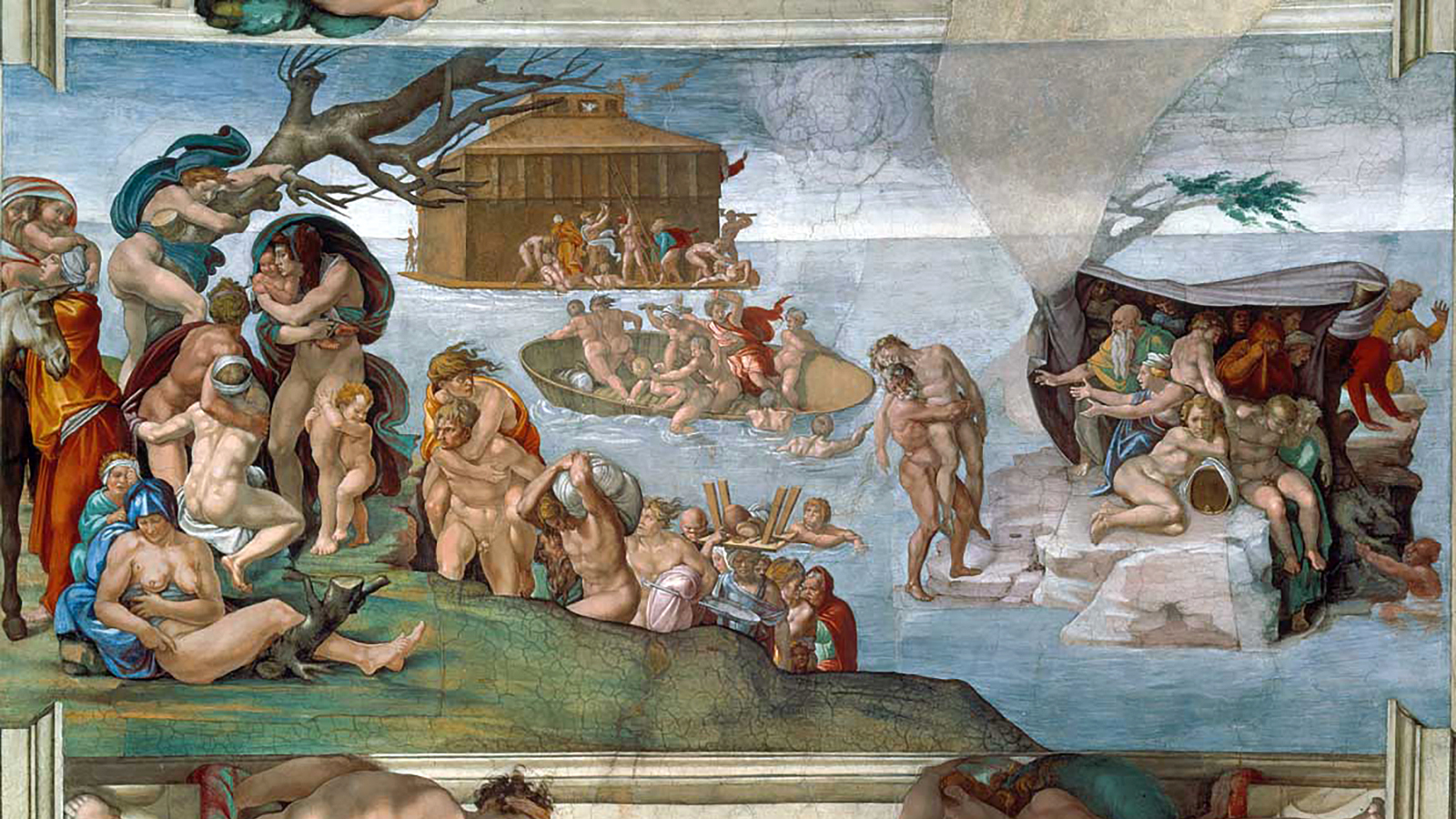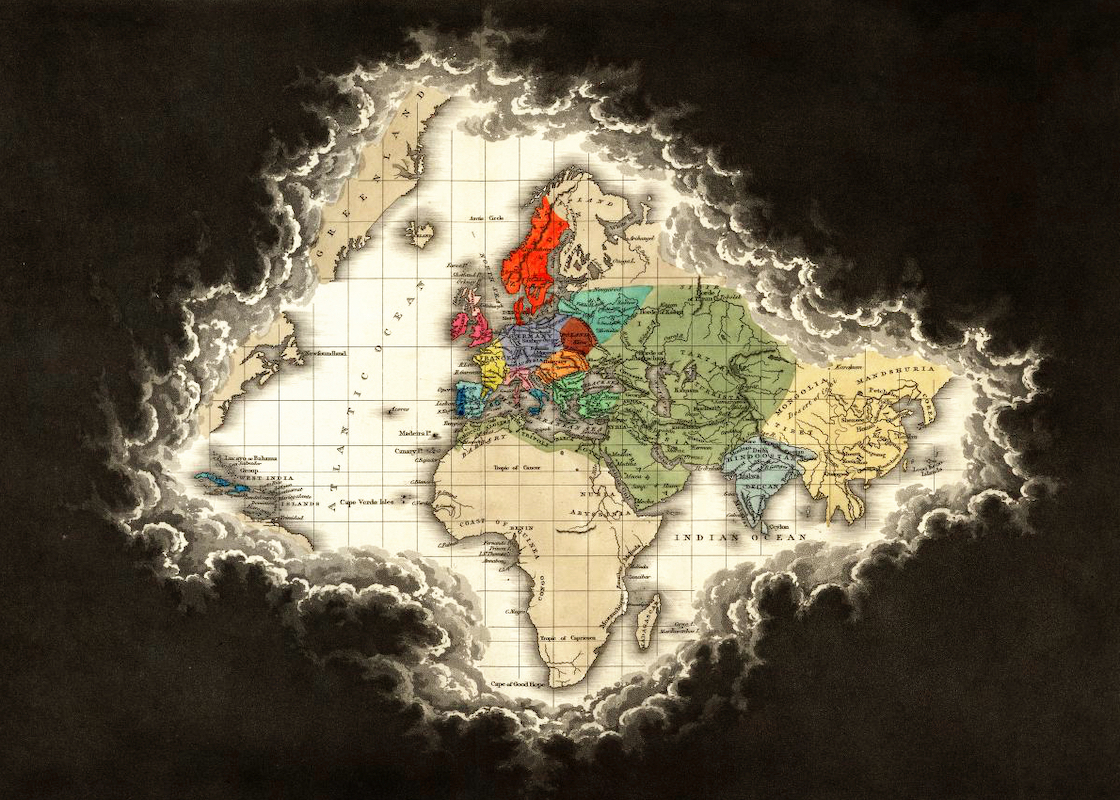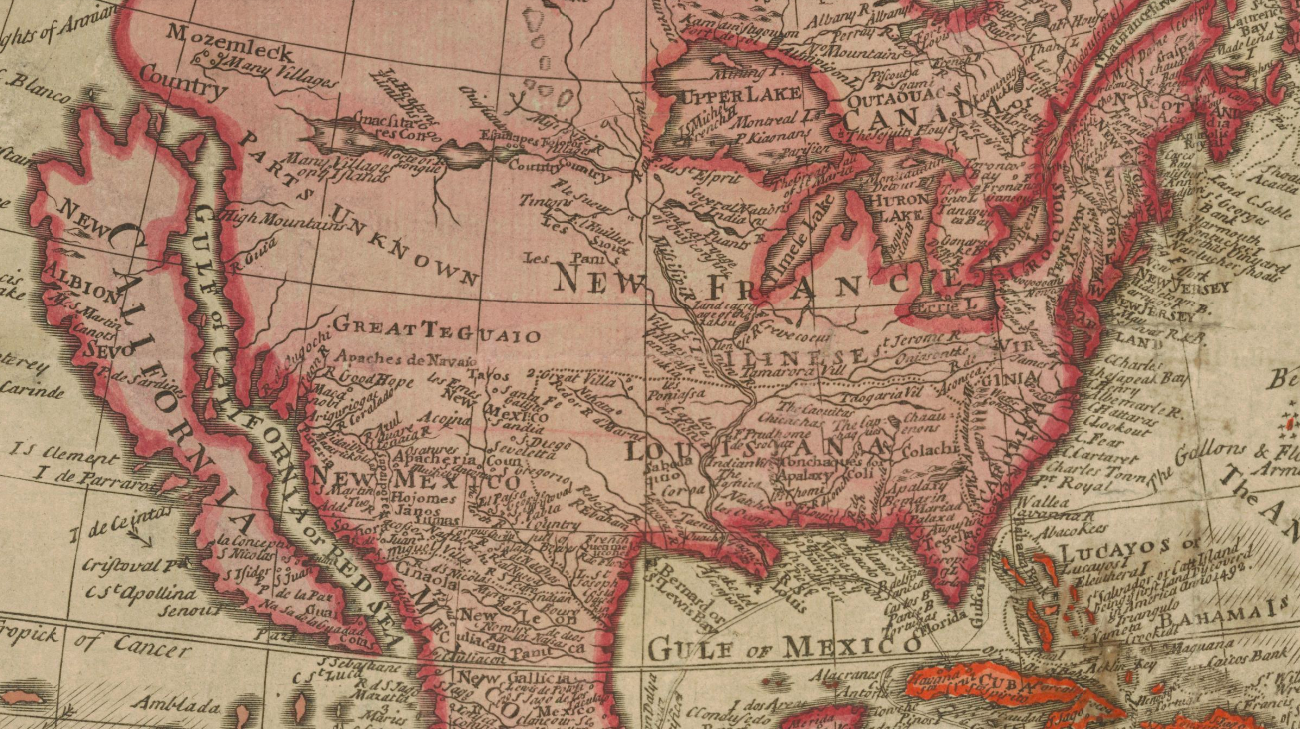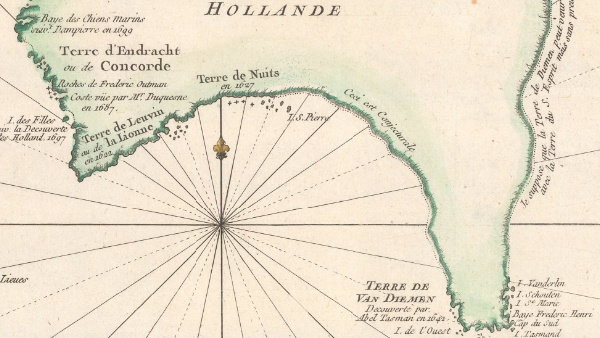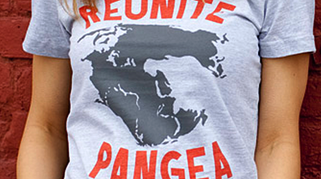421- Faith, Science and the Flood

Faith and reason, usually jostling for primacy over one another, unite on this map to describe [t]he Earth-sphere after the Deluge in its broken state, shown with Mountains and valleys, great Sea-Bosom and Islands and Shallows of the same. The map was produced for Willem and Jan Goeree’s (1) immensely popular book Introductions to Biblical Knowledge (2), and apparently is based on a similar hemisphere map illustrating Thomas Burnet’s Sacred History of the World (3).
Burnet’s is an interesting book, the first British attempt to marry rational and biblical explanations for the genesis of the world. It typifies a wider attempt to unantagonise the progress of science with the doctrines of faith, by looking for natural rather than supernatural mechanisms behind divine intervention (4).
The problem, in this case at least, is that Burnet did so merely by faith in science, unburdened by any actual scientific facts. Burnet speculated that Noah’s Flood was only possible by the emergence of water from the earth’s hollow interior (a very popular and persistent misconception, see #85).
Burnet was quite selective in which pseudoscientific theories he found acceptable. When Isaac Newton suggested to him that the days might have been longer during Creation Week (supposedly to explain for the loads of work God got done), Burnet objected: the Supreme Being would not bend Nature’s laws.
As per Burnet’s example, this hemispherical presentation by the Goerees of the post-Flood continents shows, in a lighter blue, plenty of areas throughout the oceans which used to be dry land before the Deluge. The (non-existent) polar lands, Europe and Africa are linked by the light-blue areas, which also extend in all directions from Africa, and generally connect all now separate land masses to each other (did Burnet and the Goerees perhaps think this might explain why men and beasts live in places like America and Australia, isolated by vast expanses of water from the rest of the world?)
The Goeree map is also an interesting snapshot of Europe’s geographic knowledge in the late 17th century, which with all its misconceptions was approaching something resembling our present vision of the continents, having moved away from the purely symbolic tryptich maps (more on those at #87). Notable errors include the Arctic lands (see also #116), California as an island (see also #71), the sea where Alaska should be, the attachment of Greenland to what seems to be a Canadian mainland, of Australia to New Guinea.
Many thanks to peacay over at the ever excellent BibliOdyssey for sending in this map. Image found here on Old World Auctions, where a copy of the map recently sold for $375.
———–
(1) A Dutch father-and-son publishing team. Interestingly, their family name is that of a former island in the Dutch river delta (possibly their family’s ancestral home); the name of which was transplanted by Dutch seafarers to the island of Goree, just off the Senegalese coast, which has become a symbol of the transatlantic slave trade.
(3) In the original Dutch: Voor-Bereidselen Tot de Bybelsche Wysheid (1690).
(3) In the original Latin: Telluris Theoria Sacra (1681). First English edition in 1684.
(4) In the same vein, Burnet would later postulate that the Fall of Man might not have been an actual historical event, but rather a symbolic one.
